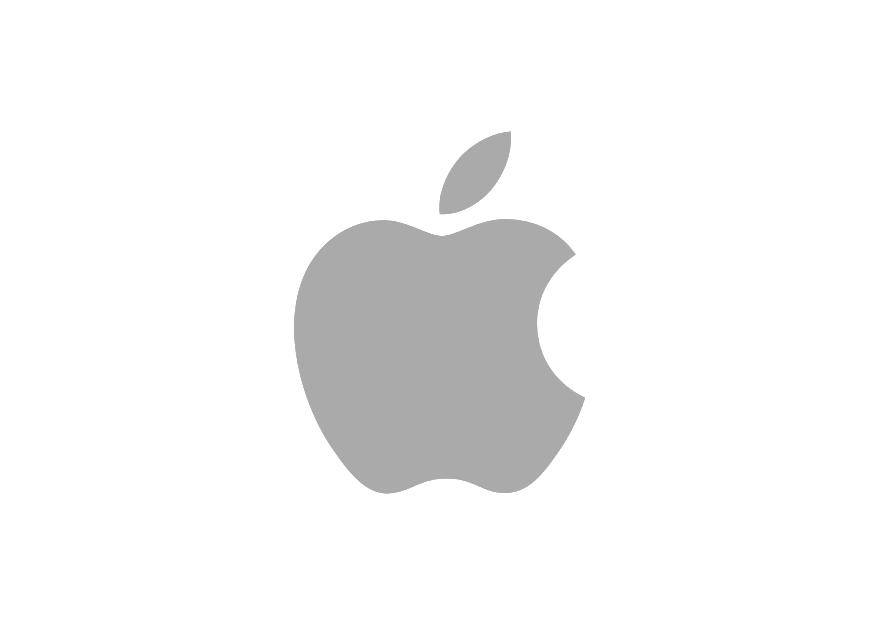Too often I find that the release of products is coupled with a disconnect from the functionality of that product. Perhaps the most obvious example is the inclusion of only a single USB-Type C port in Apple’s newest Macbook. To the engineering team, improved thinness and lightness of the new Macbook are goals which they have accomplished. However, the fundamental issue being ignored is how this impacts the end-user experience.
Anyone who used the Macbook for a day would encounter the issue of being unable to use any USB accessories while trying to charge the Macbook. Much like a wedding dress, the new Macbook looks stylish, elegant, and chic but isn’t practical for everyday use.
However, it seems as though we, as consumers, have become obsessed with appearance, prioritizing it over functionality. We, as the users, buy these fundamentally flawed products and are burdened with finding and making our own solutions when, in reality, these companies ought to design more user-friendly products. When someone who purchases the Macbook finds out they can’t charge the device while using any other USB accessories with the device, they are tasked with finding a solution — in this case, buying a $79 dongle from Apple or no longer using USB devices while charging the Macbook. In both of these scenarios, the consumer is stepping out of their way to fix a problem that the producer has created.
This problem is not unique to the Macbook. The thinness of the iPhone 6 and 6S are achieved at a trade-off with battery life. The consumer, faced with the fact that their phone is constantly dying before the end of the day, is forced to carry a large battery pack, look for outlets in which to plug their phone, or buy a $99 battery phone case from Apple that makes the phone bulkier. It seems as though Apple is literally making consumers pay for its mistakes, and unless we stop purchasing these products, we’ll only be encouraging this continued disregard for the user experience of these products. If user experience were the first priority instead of aesthetic appearances, the iPhone would be slightly thicker, with its battery lasting an entire day of use, and the Macbook would be slightly thicker with the advantage of being able to simultaneously use USB devices and charge the battery.
Aesthetics play a large role in determining the identity of a device and its function. They provide a sense of prestige and comfort which are not achieved with “ugly” products. However, when advances in aesthetic design are achieved through compromising the device’s basic functions, I find that a device loses any beauty it may have gained with such aesthetic. The most beautiful product is one that functions flawlessly.
Like the age-old saying of don’t judge a book by its cover, we shouldn’t judge products based solely on their aesthetic value. By doing so, we encourage companies, like Apple, to disregard the consumer by charging us more to pay for their mistakes.








